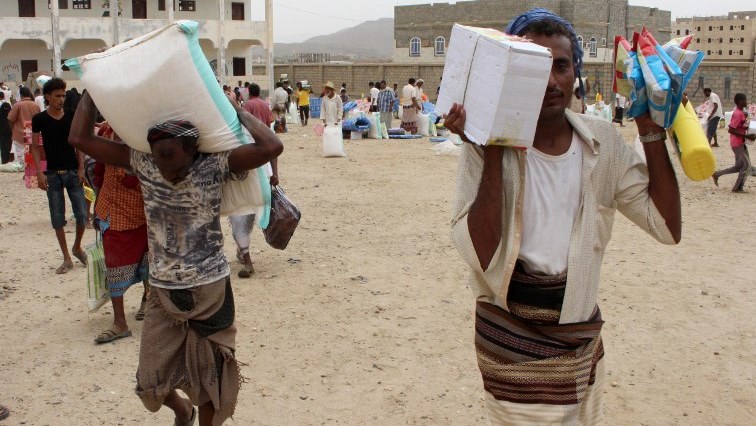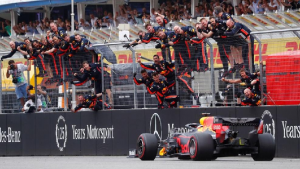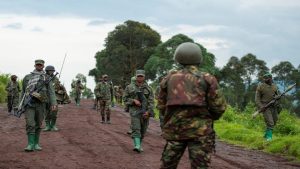A Saudi-led coalition launched military operations in Yemen in 2015, helping the government to push back against rebels who had taken control of the capital and seized several provinces.
The conflict has killed nearly 10,000 people, the vast majority of them civilians, and injured more than 55,000.
More than 2,200 others have died of cholera and some regions of the country are on the brink of famine.
The Saudi-led coalition launches air strikes on Shiite Huthi rebels in March 2015, six months after they took Sanaa and with large swathes of Yemen also in their hands.
The coalition aims to prevent the fall of President Abedrabbo Mansour Hadi and to restore his internationally-recognised government.
In July, Hadi’s embattled government announces it has retaken the southern province of Aden in its first success since the coalition stepped in.
Having lost Sanaa, it makes Aden the country’s de facto capital.
By mid-August 2015, loyalist forces have retaken five southern provinces.
In October, government forces reclaim control of the Bab al-Mandab Strait, one of the world’s busiest shipping routes.
Splits emerge in the rebel camp in 2017 resulting in the assassination of Hadi’s predecessor, Ali Abdullah Saleh, by Huthi fighters in December.
Rebels strengthen their grip on the capital.
Splits also emerge in the government camp, with fierce clashes erupting in Aden in January 2018 between southern separatists and fighters loyal to Hadi.
From November 2017 the rebels intensify missile attacks on neighbouring Saudi Arabia, which accuses its arch-foe Iran of supplying them with weapons. Iran denies the charges.
Seven missiles are fired on March 25, 2018 alone, including three at Riyadh.
On June 9, three civilians are killed in Jizan in the south of the kingdom by a rebel missile.
According to the coalition, in which the United Arab Emirates (UAE) also plays a key role, the rebels have fired 165 ballistic missiles.
In December 2017, government forces make a breakthrough in efforts to reconquer the key port of Hodeida when they drive Huthi fighters out of a town en route called Khokha.
Hodeida — the entry point for the bulk of the country’s food and aid — has been in rebel hands since October 2014, taken without opposition from government forces soon after rebels captured Sanaa.
Government forces press their advance and in April the insurgents’ second-in-command, Saleh al-Sammad, is killed in a coalition air raid in the province.
On June 13, government fighters, backed by Saudi and Emirati forces, launch an offensive on Hodeida town.
On June 20, they say that they have taken control of Hodeida airport on the southern outskirts.
Civilians, in particular children, pay a heavy price during the conflict.
Several raids blamed on the coalition have left civilian victims, including on a wedding hall in the town of Mokha in September 2015, killing 131 people. The alliance denies responsibility.
In October 2016, a coalition air strike at a funeral in Sanaa kills 140 people.
The coalition, accused of multiple mistakes, has admitted responsibility for certain raids, but accuses the rebels of using civilians as human shields.
On Thursday, at least 29 children aged under 15 were killed in an attack on a bus in rebel-held northern Yemen, the Red Cross said.
The coalition said it had carried out what it called “legitimate military action” in the area, without giving further details.
In July, Amnesty International said human rights violations in a string of Yemeni prisons run by the UAE could amount to war crimes, in a report rejected by Abu Dhabi.






